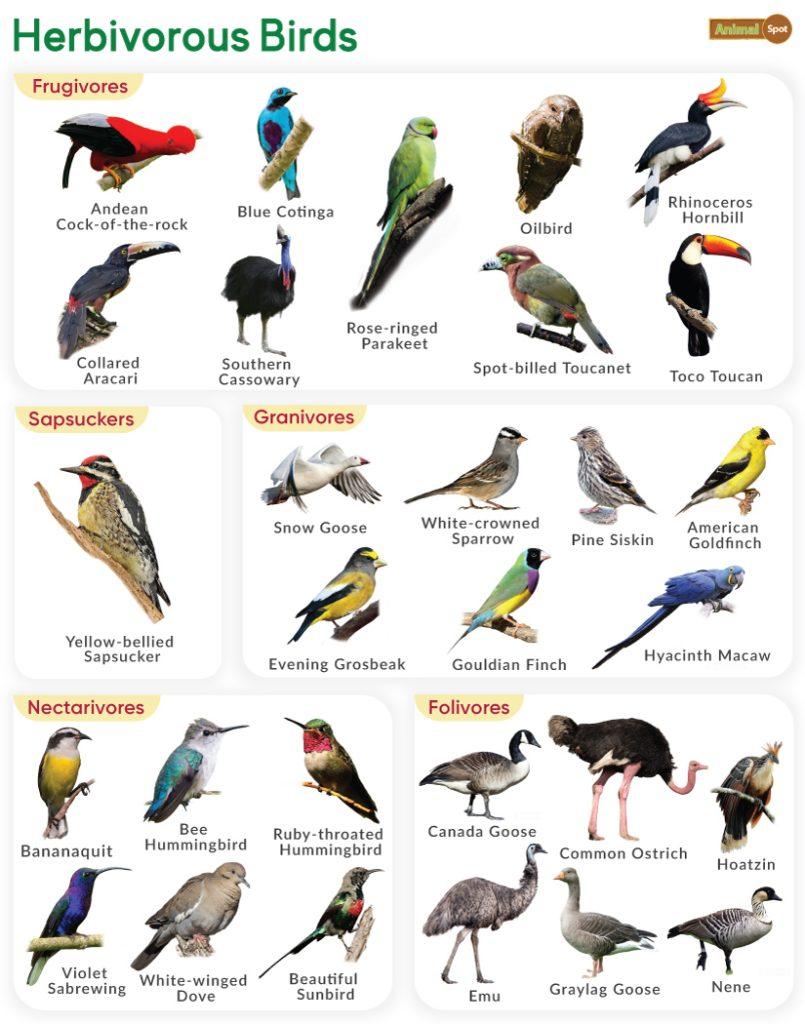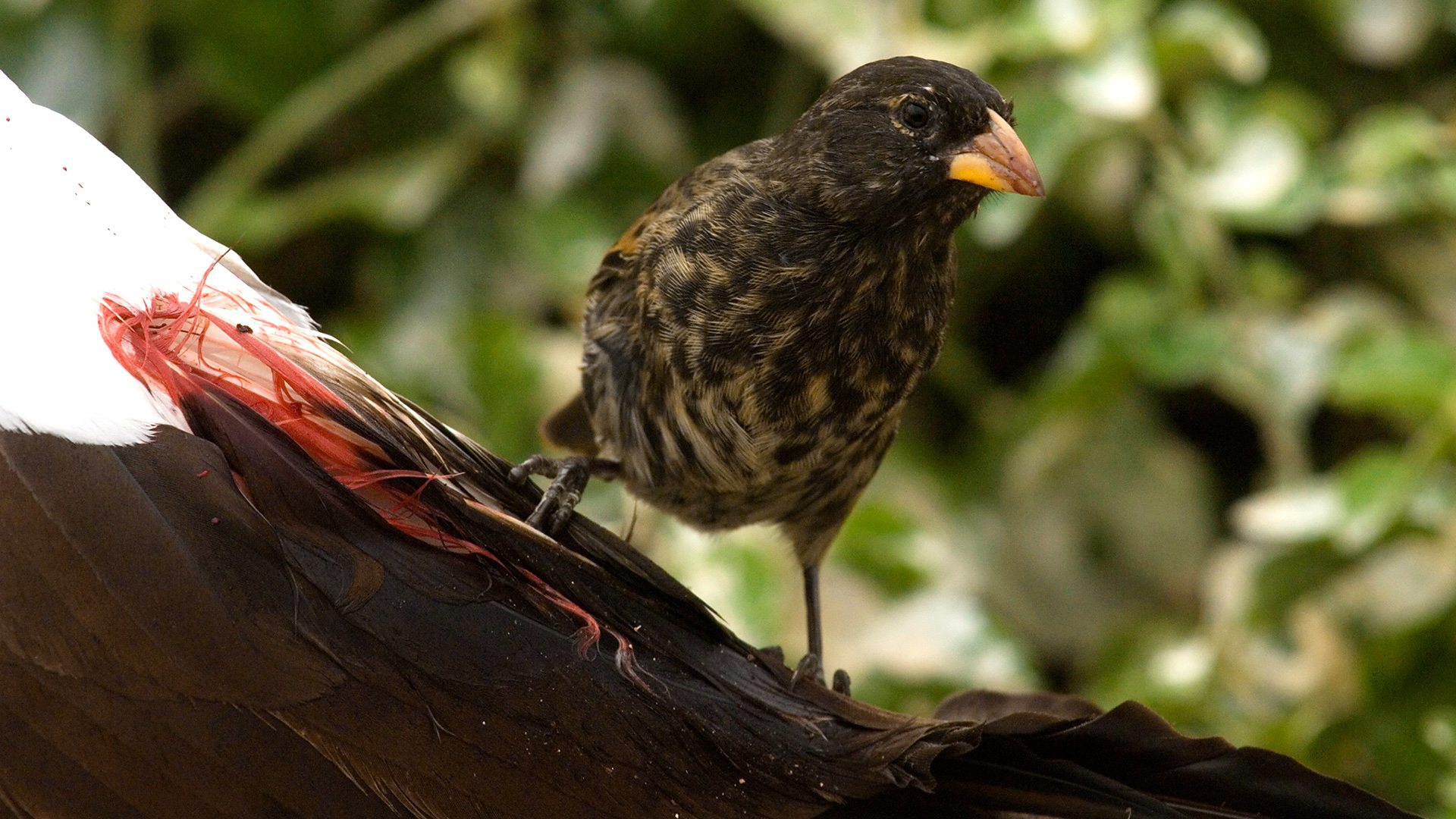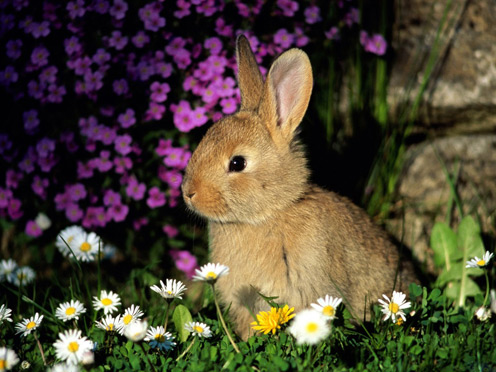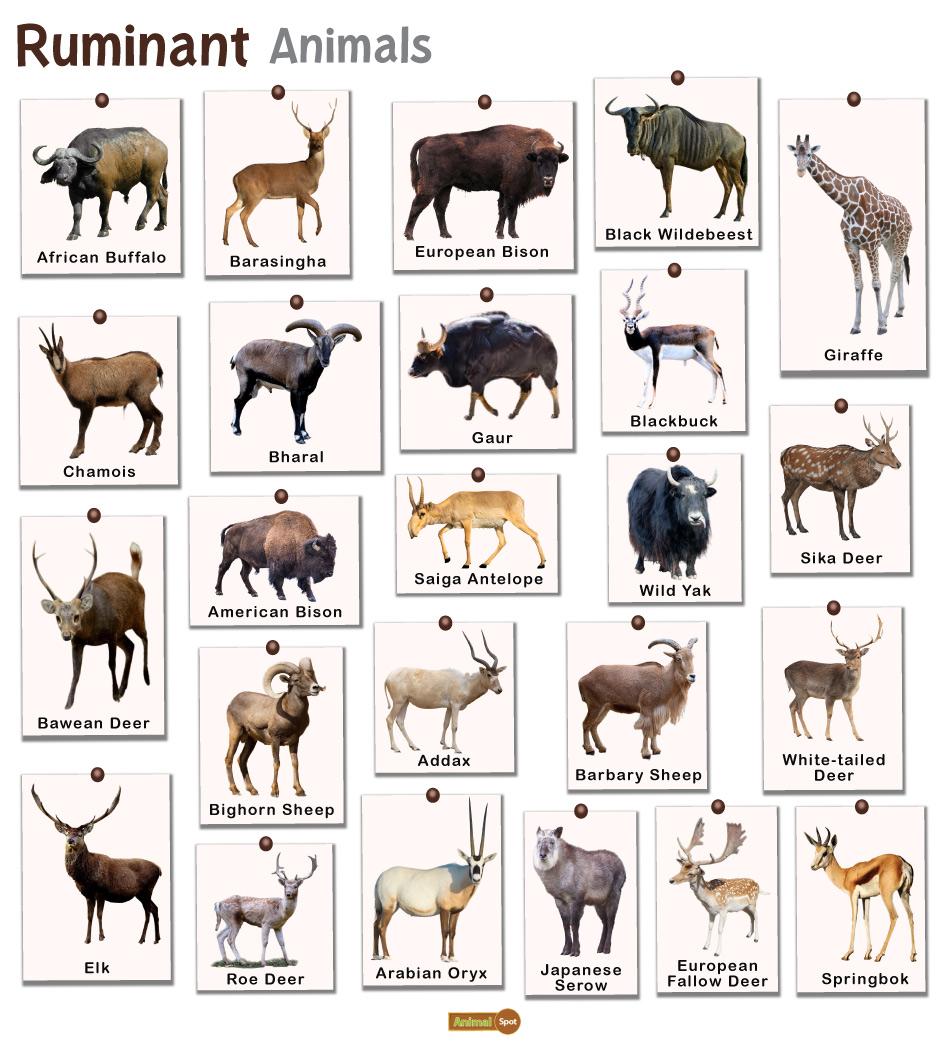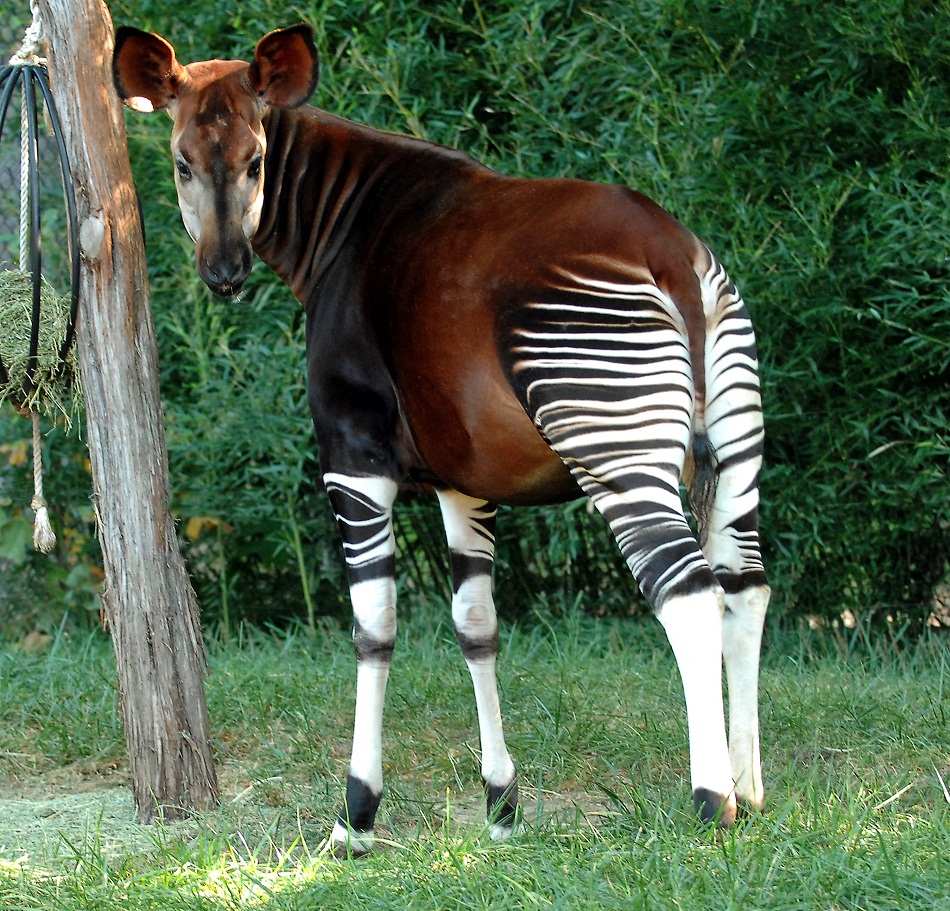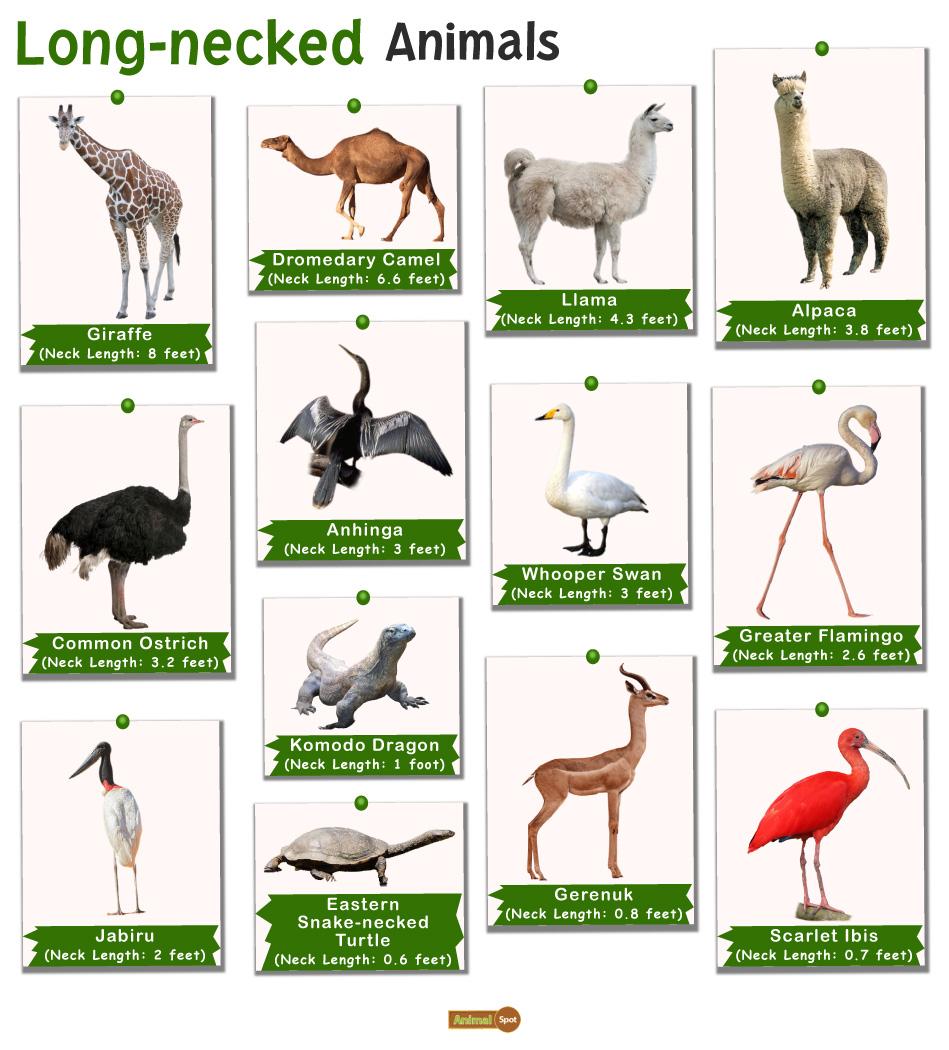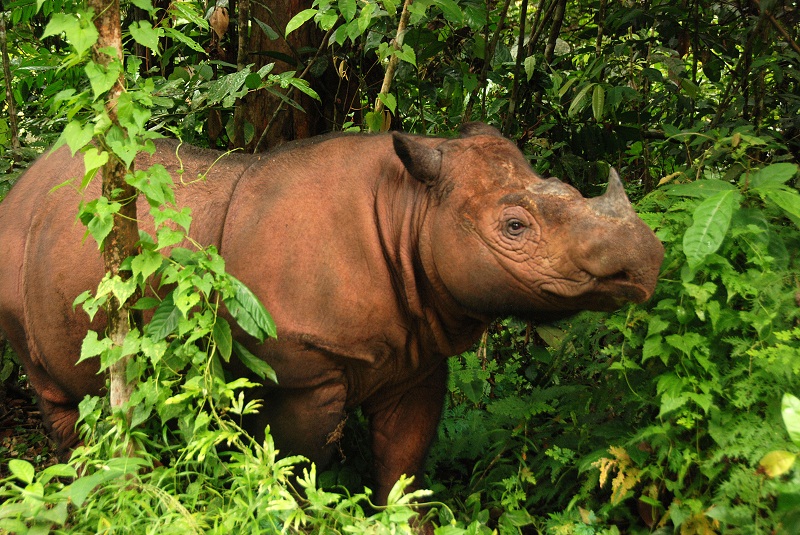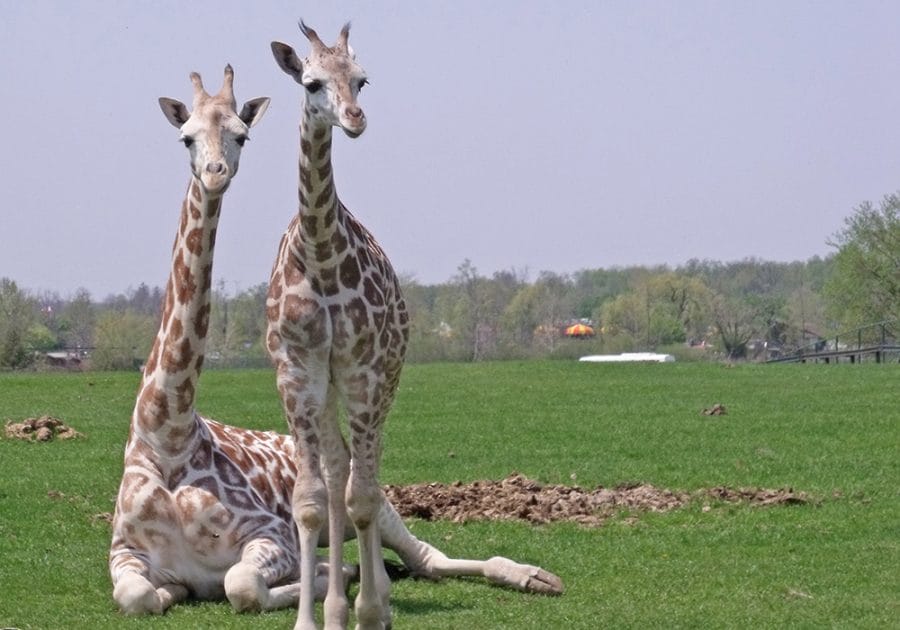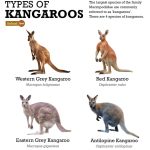Only 2-3% of extant bird species are primarily herbivorous. They are nonetheless incredibly diverse, including essential pollinators and seed dispersers. On islands with few or no mammals, herbivorous birds frequently evolved to large sizes and assumed niches typically held by mammals. However, even birds that are primarily herbivorous as adults will often feed their young a far more insectivorous diet.
To feed on plants, birds have specialized beaks that let them tear and process plant matter, microbes in their gut to break down the complex carbohydrates in vegetation, and a tongue that adapts to the shape of the beak.
Different Types of Herbivorous Birds
Herbivorous birds can be broadly classified into the following categories based on what they eat. As plant matter comes in a wide variety, the feeding habits of these birds change based on their diets. It is also important to note that while these birds may have a preferred form of food, they will occasionally eat other plant matter if it is available.
Frugivores
These birds primarily feed on fruits and are integral in the reproductive process of the plants whose fruits they consume, helping in seed dispersal.
- American Robin
- Andean Cock-of-the-rock
- Bay-headed Tanager
- Black-collared Barbet
- Black-sided Flowerpecker
- Blaze-winged Parakeet
- Blue Cotinga
- Blue-crowned Parakeet
- Blue Dacnis
- Blue-naped Chlorophonia
- Blue-necked Tanager
- Blue-winged Mountain Tanager
- Bohemian Waxwing
- Brassy-breasted Tanager
- California Thrasher
- Chestnut-eared Aracari
- Chestnut-sided Warbler
- Collared Aracari
- Comoro Blue Pigeon
- Cordilleran Flycatcher
- Crimson-rumped Toucanet
- Fawn-breasted Tanager
- Flavescent Bulbul
- Fulvous-vented Euphonia
- Gila Woodpecker
- Golden-headed Quetzal
- Golden-naped Barbet
- Hispaniolan Woodpecker
- Horned Lark
- Island Thrush
- Long-tailed Silky Flycatcher
- Masked Flowerpiercer
- Monk Parakeet
- Oilbird
- Orange-bellied Flowerpecker
- Oriental Pied Hornbill
- Palawan Hornbill
- Palmchat
- Palm-nut Vulture
- Pine Grosbeak
- Red-headed Barbet
- Resplendent Quetzal
- Rhinoceros Hornbill
- Rose-ringed Parakeet
- Scaly-breasted Bulbul
- Scarlet-bellied Mountain Tanager
- Scarlet Tanager
- Southern Cassowary
- Spangle-cheeked Tanager
- Spot-billed Toucanet
- Spotted Towhee
- Streak-eared Bulbul
- Thick-billed Green Pigeon
- Toco Toucan
- Toucan Barbet
- Tropical Boubou
- Varied Thrush
- Von Der Decken’s Hornbill
- White-crowned Pigeon
- White-throated Sparrow
- Wrentit
- Yellow-billed Cotinga
- Yellow-rumped Flowerpecker
- Yellow-winged Cacique
Granivores
These birds feed on grains and seeds. While some birds prefer seeds over grains, the birds in this category have similar feeding adaptations, like hard beaks and gizzards, and have similar digestive systems.
- American Goldfinch
- American Tree Sparrow
- Black-capped Chickadee
- Black-faced Waxbill
- Clark’s Nutcracker
- Common Quail
- Common Redpoll
- Evening Grosbeak
- Gouldian Finch
- House Finch
- Hyacinth Macaw
- Large Ground-finch
- Medium Ground-finch
- Orange-breasted Bunting
- Pine Siskin
- Plain-colored Seedeater
- Pygmy Nuthatch
- Red-winged Blackbird
- Reed Bunting
- Snow Bunting
- Snow Goose
- Stubble Quail
- Swamp Sparrow
- White-crowned Sparrow
- White-winged Crossbill
- Yellow-faced Grassquit
Sapsuckers
Some birds feed on the sap inside trees, which is a source of minerals, water, and sugars.
- Red-naped Sapsucker
- Red-breasted Sapsucker
- Williamson’s Sapsucker
- Yellow-bellied Sapsucker
Nectarivores
Birds with specialized beaks feed on the nectar found in flowers. They help in dispersing pollen as the particles stick to the birds when they transfer to a different plant.
- Bananaquit
- Beautiful Sunbird
- Bee Hummingbird
- Black-and-red Myzomela
- Black-bellied Hummingbird
- Black-chinned Hummingbird
- Black-throated Flowerpiercer
- Broad-billed Hummingbird
- Broad-tailed Hummingbird
- Buff-tailed Sicklebill
- Costa’s Hummingbird
- Curve-billed Thrasher
- Eastern Olive Sunbird
- Eastern Violet-backed Sunbird
- Giant Hummingbird
- Hachisuka’s Sunbird
- Hooded Oriole
- Hunter’s Sunbird
- Large Cactus-finch
- Little Spiderhunter
- Masked Flowerpiercer
- Mountain Black-eye
- Nepal Sunbird
- Orange-crowned Warbler
- Purple-throated Sunbird
- Rainbow Starfrontlet
- Red-tailed Comet
- Red-throated Sunbird
- Ruby-throated Hummingbird
- Slaty Flowerpiercer
- Streaked Spiderhunter
- Sword-billed Hummingbird
- Tennessee Warbler
- Velvet-purple Coronet
- Violet Sabrewing
- Violet-bellied Hummingbird
- Violet-tailed Sylph
- White-winged Dove
- Woodpecker Finch
Folivores
These birds primarily feed on the leaves of the plants. They can do so thanks to having a digestive system similar to that of ruminating animals like cows.
FAQs
1. What is the largest herbivorous bird?The largest herbivorous bird is the Common Ostrich, the largest bird alive today.
2. What is the smallest herbivorous bird?The smallest herbivorous bird is the Bee Hummingbird, the smallest bird alive today.

